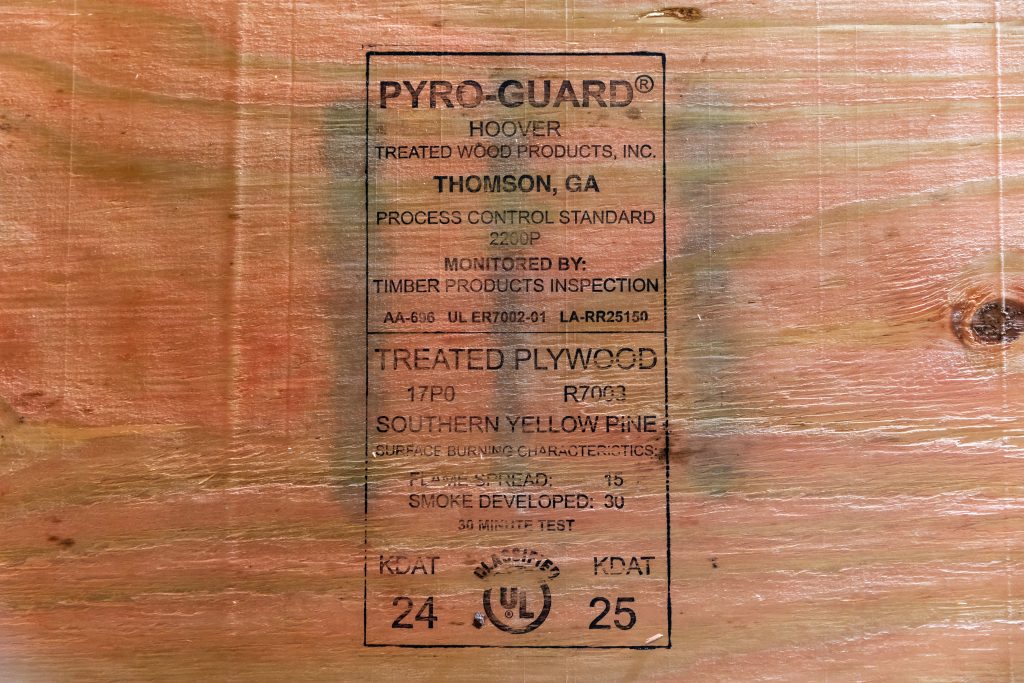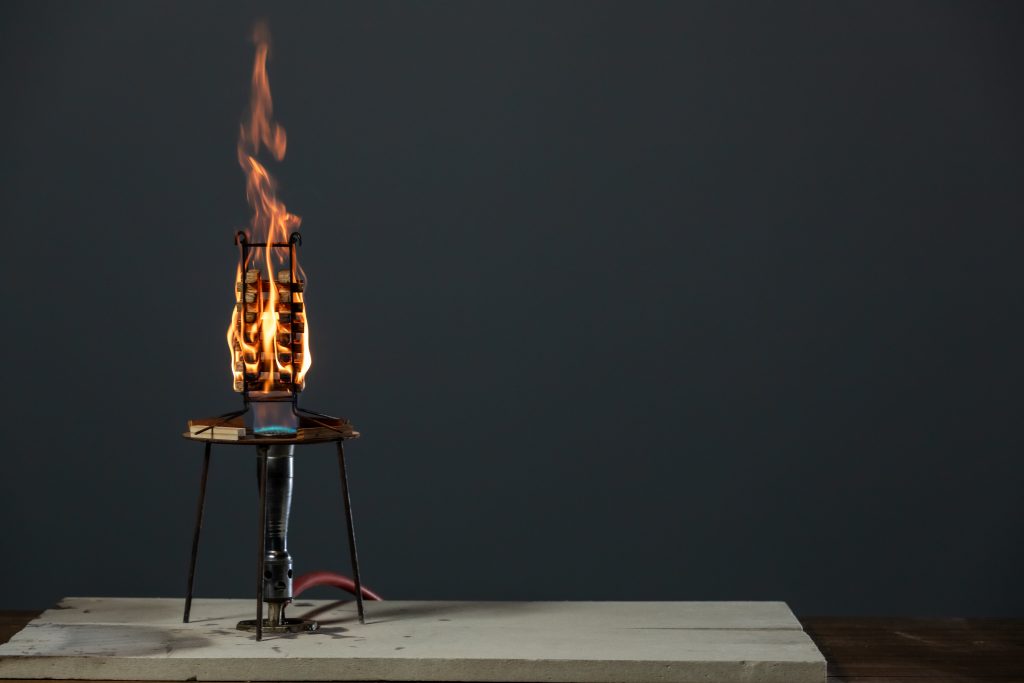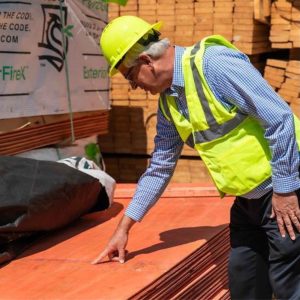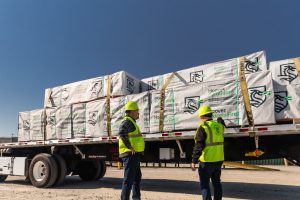
A deep dive into how treated wood products help architects and contractors stay compliant with fire safety standards.
As fire safety codes evolve, architects and contractors face growing pressure to specify and supply building materials that are both high performing and code compliant. Fire-retardant-treated wood (FRTW) plays a key role in a wide range of projects, from commercial to multifamily and mixed-use developments. But not all products labeled “fire-retardant” are created to meet code.
At Hoover, we make it simple to choose what’s proven. Up to code. Never up to chance.
Not All Wood Claiming to be FRTW Meets Building Codes
FRTW is defined in Section 2303.2 of the International Building Code (IBC) as wood that has been impregnated with fire-retardant chemicals under pressure. The pressure-impregnation process forces the fire-retardant chemicals deep into the wood’s cellular structure, providing long-term fire performance that is integral to the material and not dependent on surface coatings.
By contrast, paints, coatings and stains do not meet section 2303.2.2 of the IBC.
For wood products impregnated with chemicals by a pressure process, the process shall be performed in closed vessels under pressures not less than 50 pounds per square inch gauge (psig) (345 kPa).
Surface-applied coatings are prone to damage during transport, storage and installation. Once compromised, their ability to slow flame spread or reduce smoke development can no longer be trusted. For that reason, surface-applied products are not permitted under the IBC in place of pressure-impregnated FRTW.
Why Evaluation Reports Matter
Some surface-applied products may carry evaluation reports, but the presence of a report alone isn’t enough. The key questions are:
- How was the product tested?
- Do these tests conform to the building code?
- Who conducted the tests?
One example: Hoover’s PyroGuard™ is backed by UL Evaluation Report ER7002-01, which confirms compliance with the 2024 IBC and earlier editions. UL Solutions is accredited by both ANSI and IAS to test and certify FRTW products and is widely recognized across the industry.

Inside the Report
The PyroGuard report™ provides clear, specific data on all performance criteria required by code:
- Surface burning characteristics according to ANSI/UL 723 (ASTM E84)
- Hygroscopicity to determine performance in high moisture conditions.
- Corrosivity to confirm safe use with a variety of metal fasteners
- Physical and mechanical properties to verify structural performance
UL Evaluation Reports are widely accepted across the industry. In a survey conducted at the International Code Council (ICC) Expo, 100 percent of code officials said they would accept UL reports as the basis for safe, code-compliant installation.

Helping You Meet Code Without Setbacks
Hoover’s complete line of fire-retardant-treated wood products is built to meet the demands of modern construction and the requirements of today’s codes. For architects, that means less friction during design, submittals and inspections. For distributors, it means supplying materials that are ready for approval and trusted in the field.
Trust the Treatment That’s Backed by History
The tests that shaped today’s fire-retardant-treated wood standards were developed by UL in the 1930s and adopted into building codes by the 1960s. Hoover has been part of that evolution for decades. Our partnership with UL is part of our legacy — and our ongoing responsibility.
We don’t take shortcuts. We don’t compromise on safety. And we don’t rely on reputation alone.
We build by the code. We live by the code.



